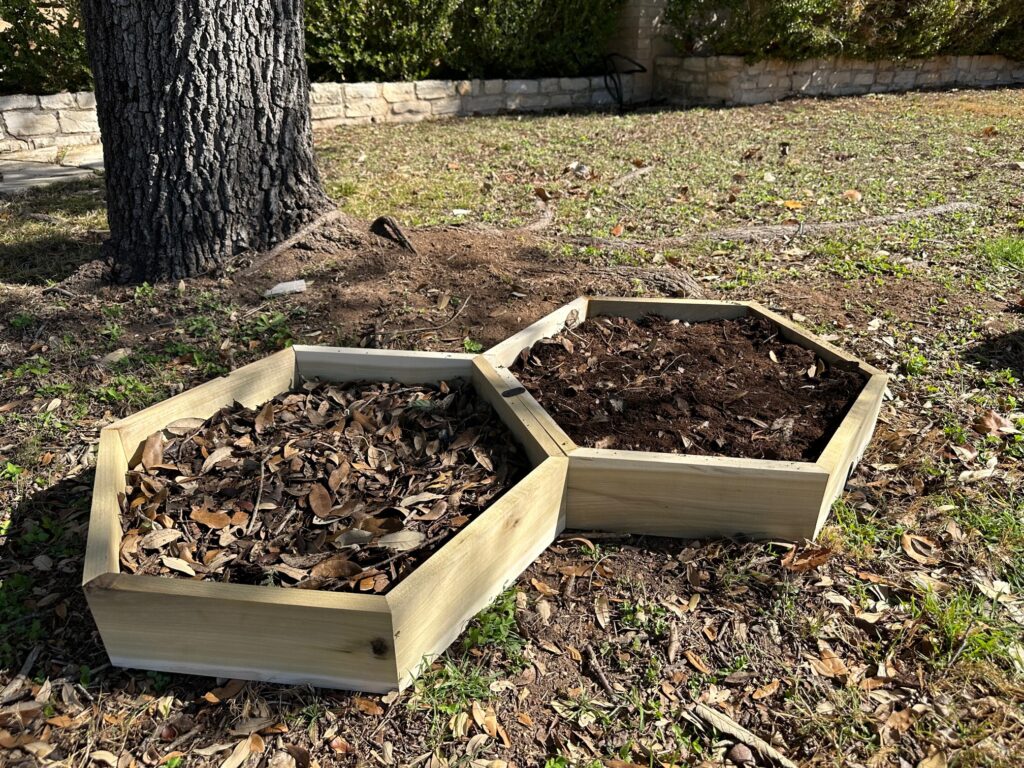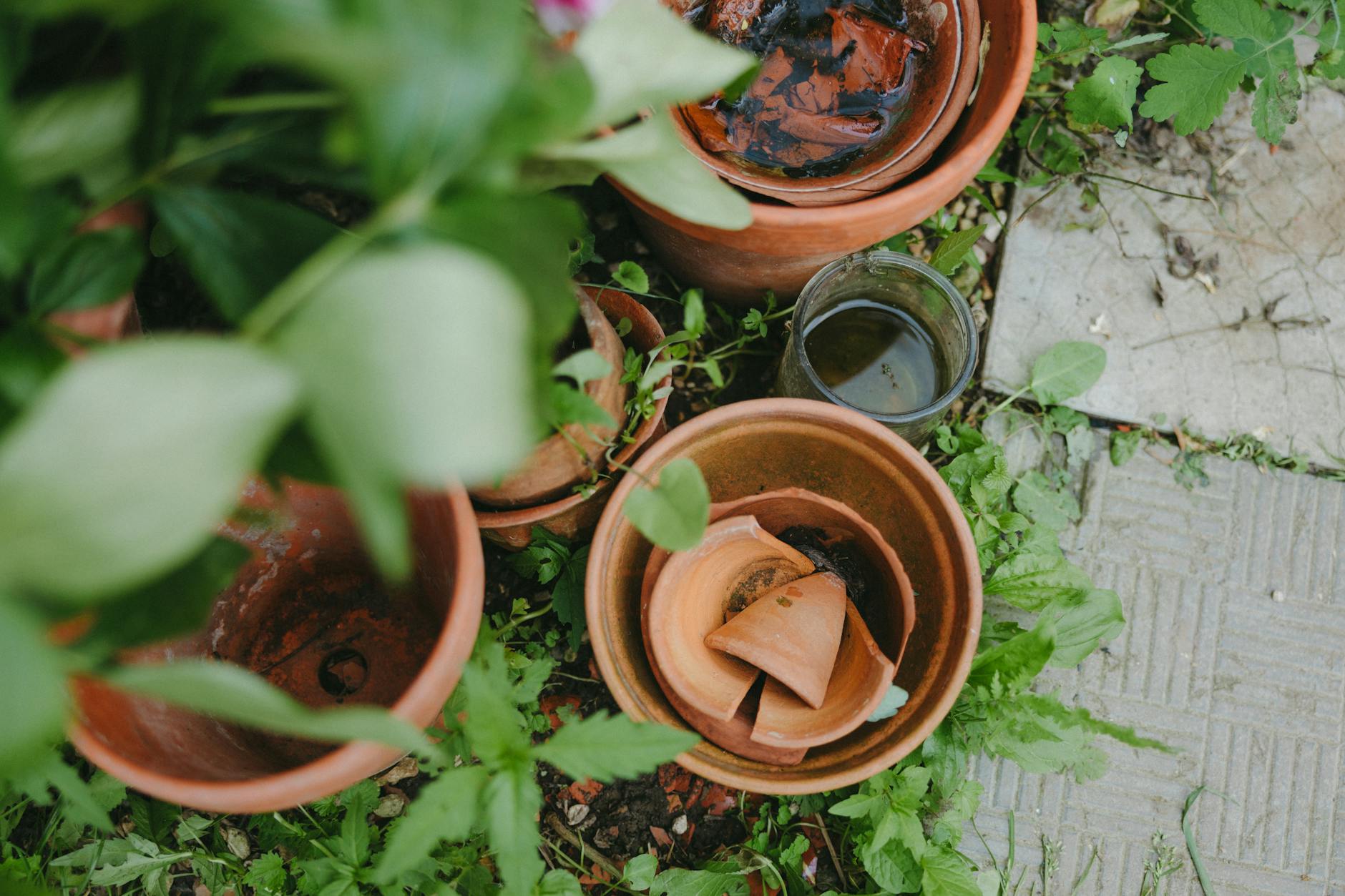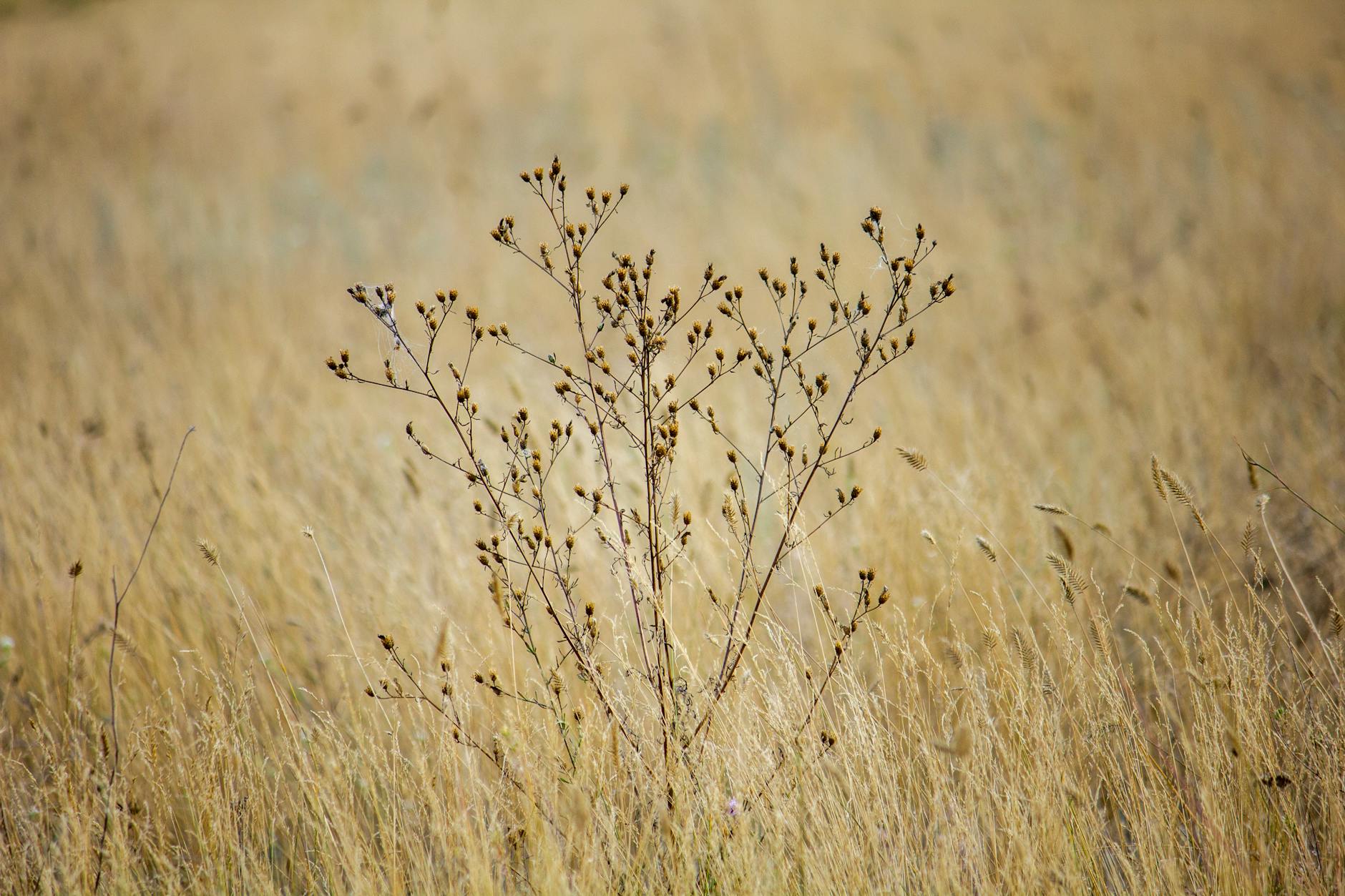{3-minute read}
Today, we’re sharing a few tips to prepare your property for cooler weather and ensure that our pollinators have a cozy spot to over-winter.

Photo by Rich Hatfield from Xerces.org
Putting gardens to bed for the season is a daunting task. Raking and bagging of leaves, collecting sticks and twigs, cutting back, and deciding how it will all be disposed of… It’s exhausting and destroys much of the good work done over the summer for our pollinators. Thinking differently about how we conduct fall cleanup can reduce your labor and time investment, and it simultaneously provides habitats for overwintering insect populations.
Leave the Leaves
Fireflies, native bees, Luna moths, and many other pollinators rely on fallen leaf litter to overwinter. We know it isn’t always feasible to leave fallen leaves in the residential landscape. After all, modern HOA restrictions and our love of turf usually require us to remove them. Instead, consider a few creative ways to keep a tidy look while providing habitat for your pollinators this winter.
Designate a “Larval Landing” location

Photo by Peter Keilty from Bees for All
Allow your dried leaves to accumulate in a singular area on your property. I like to put small piles of leaves in a few of my garden beds in the backyard. This keeps them out of sight from the neighbors but still provides habitat. Leaf piles should be at least 2 inches deep to attract and protect insects. Learn more and download Larval Landing building plans from Senior Stewards Acting for the Environment (ssafe.org)
Upcycle broken pots and birdbaths

Gather broken pots, birdbaths, teacups, and coffee mugs and stack them in interesting shapes. Stuff them full of dried leaves, soil, pinecones, and other natural fall litter items. Remember to orient the shapes of broken pieces so that they shed water, instead of holding puddles.
Move leaves as they fall, rather than leaving them to move all at once. Chrysalises and cocoons are delicate and can be destroyed by raking or blowing. The idea is to build your dried leaf habitat as the leaves fall to avoid casualties. Learn more from The Xerces Society.
The importance of stems

Many pollinators are solitary and do not live in colonies or hives. Instead, they lay their eggs in hollow and dried stems of plants. When we tidy up in the fall by disposing of stems, we are leaving behind a landscape that is devoid of overwintering habitat.
Consider timing and what you can leave behind before you remove stems. Cutback should be done before the temperatures dip below 55 degrees consistently. Keep standing sections that range in length from 12-24 inches.
Collect cut and fallen stems and lay them in a location that’s out of the way. Tidy small piles behind evergreen shrubs or detached structures like sheds and garages work wonderfully. Remember not to lay them directly on the foundation. We don’t want to encourage an infestation inside. In late spring, when broods have hatched, these piles can be collected and composted. Learn more from this video from the University of Minnesota Extension.
Remember, plant materials that are diseased should never be composted. Instead, bag diseased materials and throw them in the trash. By changing how we think about cleaning up our landscapes in the fall we set up our gardens and our pollinator populations for success in the spring!